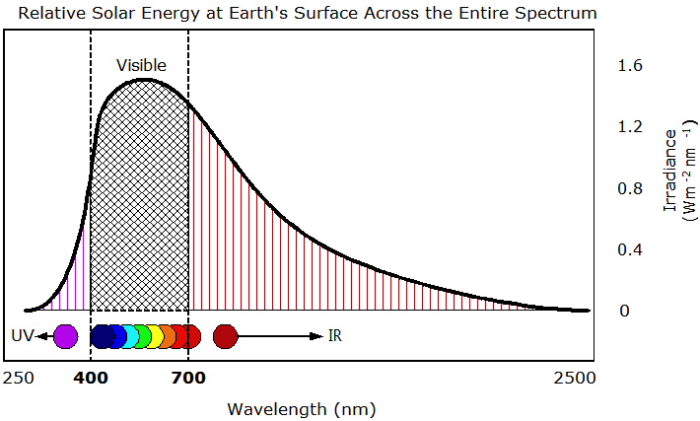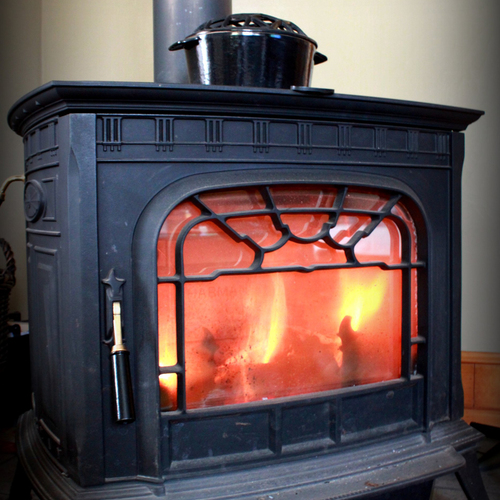Image Credit: Sam Williams from the Weathering of Wood, US Forest Products Laboratory (FPL) image #3: This electron micrograph shows a cross section of weathered southern pine magnified about 1000 times. The wood has been exposed to UV light for about a month. The pores or cells are ragged and degraded, a change that affects the bonding quality of paints and primers.
Image Credit: Sam Williams from the Weathering of Wood Image #4: The panels in this test photograph show varying lengths of UV exposure prior to primer application. Time of UV exposure ranged from 0 to 16 weeks. The best bond of primer to wood was, naturally, zero UV exposure.
Image Credit: Sam Williams from the FPL article Don't get (sun)burned
The weathering of wood is very different from decay; weathering is breakdown at the surface only. While there are a number of forces that contribute to weathering of wood—moisture, temperature, abrasion by wind-borne particles, air pollution—it’s the narrow band of high-energy ultraviolet light in sunlight that is the dominant force (see Image #1).
What bare wood looks like when cut or milled
Image #2 is an electron micrograph of unweathered wood. You can see how robust the cells appear; we are primarily looking at the lignin in the wood, the chief component of wood that gives it its structure. Wood treatments, particularly primer paints, are formulated to bond and bind to unweathered wood.
What weathered wood looks like after UV degradation
Image #3 is an electron micrograph of weathered wood, wood exposed to sunlight for a month. You can see how the wood cell structure has deteriorated significantly. Remember this is a surface phenomenon that does not affect the structural integrity of the wood. But this surface degradation has significant impact on how well treatments, such as paint primer, bond and bind to the surface of the weathered wood.
A paint primer test
Researchers and paint manufacturers have tested the effect of UV degradation on the bonding and binding of finishes to bare wood. It’s dramatic; just a couple or so days of direct sunlight can degrade the wood enough to reduce the quality of the primer bond to the bare wood. Image #4 shows testing done by Sam Williams of the Forest Product Laboratory (FPL). The test boards show that the longer the exposure of bare wood to sunlight, the poorer the bond and shorter the service life of the paint. His conclusion: “Smooth-planed lumber [that is, siding and trim] must be painted promptly during construction.”
Lesson learned
Prime or initially treat bare exterior wood as soon as possible. Ideally, go with factory-primed exterior wood cladding components. It doesn’t make sense to pay good money for exterior wood components and not take the time, right away, to protect them from the sun. And in areas of the country with the highest UV index (mostly the southwest and locations at altitude), it’s even more important to get that sunscreen on your naked wood!
For more detailed information on the weathering of wood see these resources from the Forest Products Lab:
1. Weathering and Protection of Wood
2. Handbook of Wood Chemistry and Wood Composites, Chapter 7
Weekly Newsletter
Get building science and energy efficiency advice, plus special offers, in your inbox.















2 Comments
Rough-Sawn siding?
Did the study look at rough sawn siding to see if it weathers better than smooth sawn?
The studies
There have been numerous studies on how wood weathers. Take a look at the web references linked in the blog, and at the list of references within each reference. I don't recall a study comparing rough sawn to smooth sawn siding. In my own experience, factory priming makes a huge difference in the service life of the finished paint because they can control all the factors that affect the bond: moisture content, UV exposure, temperature, etc.
Log in or create an account to post a comment.
Sign up Log in